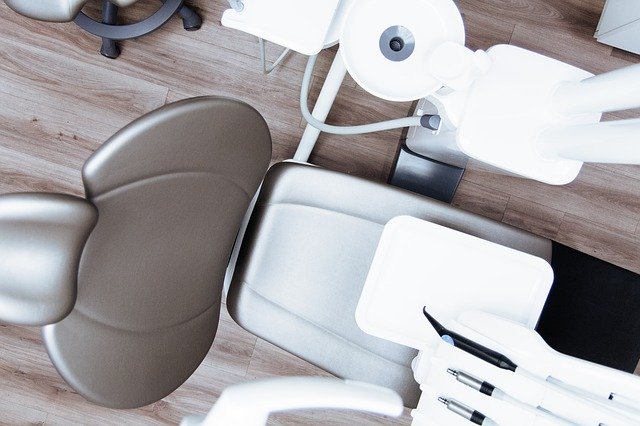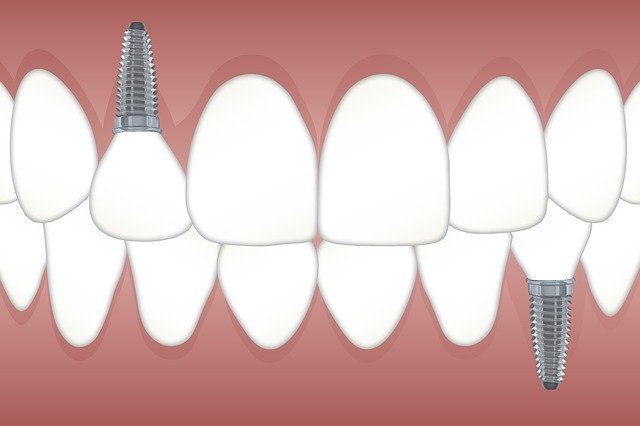It could be that you have been nursing a patient at home, or have had to deal with medical emergencies at your residence. Whatever the case, medical waste at home poses a great health risk. It is dangerous not only to human health but also to the environment. This article will dive into how to dispose of medical waste at home, since it requires careful steps to secure, seclude and toss the garbage such as the following;
How to Dispose of Medical Waste at Home
- Get a Medical Waste Box
There are specific steps you can take to ensure the safe disposal of medical waste at home. For starters, you need to have a medical waste box on standby to collect body fluids and used band-aids. So where do you get a medical waste box? These waste boxes are not limited to a hospital setting. You can find a medical waste disposal box from medical garbage companies. If you cannot get in touch with a medical waste company, you can also obtain the box from your local pharmacy.
- Put Contaminated Sharp Objects Into Puncture-resistant Containers
Apart from a medical waste box, you also need to have a sharps container – this is for collecting used syringes, scalpels, needles and broken glass resulting from clinical home care. It is recommended that you should handle all contaminated sharp objects with puncture-proof gloves. Collect these items into a puncture-proof sharps container and seal it before disposing of them.
- Wear Protective Gloves When Disposing of Contaminated Waste
Gloves are necessary for all persons that handle medical waste at home. Gloves are a requirement in tasks such as cleaning blood spills, handling contaminated sharp objects, collecting contaminated clothing, and disposing of biohazards.
- Cap Sharps Before Disposing of Them
Millions of injections are administered to the world population every year. The scary part is that not all the needles and syringes are handled well during disposal. This puts the public at risk of contamination with bacteria and viruses, such as sharps found from drug usage. For that reason, whenever you undertake clinical care at home, always ensure that you have proper means of disposing of the sharps. You will need to cap them off first before storing in the sharps container for transportation to the damping site.
Environmental protection laws prohibit against haphazard damping of needles and other medical wastes. There are designated damping sites for such medical waste where they can be incinerated. Users can also buy needle destruction devices to use at home.
- Seal Off Old Medicines Before Disposal
Expired medicines also fall into the category of medical waste. It could be prescription drugs or over the counter pills that you no longer use. The proper disposal of medicine includes sealing it in an airtight container before storing in the medical waste box to await disposition.
- Used Tissues

Used tissues are contaminated and can spread diseases. Collect all used tissues and properly store them in the medical waste box for disposal. Many people make a mistake of carelessly tossing used tissues, thereby spreading viruses such as the flu.
Proper disposal of medical waste at home includes using a medical waste box to collect the garbage for damping, and a sharps container for collecting needles and other sharp objects from medical procedures at home. You need to wear protective gloves and special puncture-proof gloves when dealing with medical garbage. Without proper disposal of used medical items, everyone would be at risk of infectious diseases. Hopefully this article showed you how to dispose of medical waste at home.


 changing the shape and size of the breasts. When you increase the size of the breast, the procedure is often termed as breast implant surgery. Although, a breast enhancement and
changing the shape and size of the breasts. When you increase the size of the breast, the procedure is often termed as breast implant surgery. Although, a breast enhancement and  structure and appearance of the nose. Some of the people choose rhinoplasty for cosmetic reasons. Some people get this surgery done to improve their medical health such a breathing trouble. This procedure can be used for correcting birth defects, increasing or reducing the size of the nose, improving and relieving the breathing problems and changing the angle or shape of the nose.
structure and appearance of the nose. Some of the people choose rhinoplasty for cosmetic reasons. Some people get this surgery done to improve their medical health such a breathing trouble. This procedure can be used for correcting birth defects, increasing or reducing the size of the nose, improving and relieving the breathing problems and changing the angle or shape of the nose.









 ?
?
 Board certification is extremely crucial in determining a surgeon’s qualifications. Certifying boards have varying requirements and measure a physician’s experience and education in different fields. It’s crucial that healthcare professionals, as well as the public, understand the differences in these surgical procedures so that patients can make more informed decisions when choosing a surgeon for a specific procedure.
Board certification is extremely crucial in determining a surgeon’s qualifications. Certifying boards have varying requirements and measure a physician’s experience and education in different fields. It’s crucial that healthcare professionals, as well as the public, understand the differences in these surgical procedures so that patients can make more informed decisions when choosing a surgeon for a specific procedure.

 fatigue and pressure can be added results for being a single parent. If you are too busy, tired or distracted to discipline your child or be emotionally supportive for your child, then problems can arise.
fatigue and pressure can be added results for being a single parent. If you are too busy, tired or distracted to discipline your child or be emotionally supportive for your child, then problems can arise.